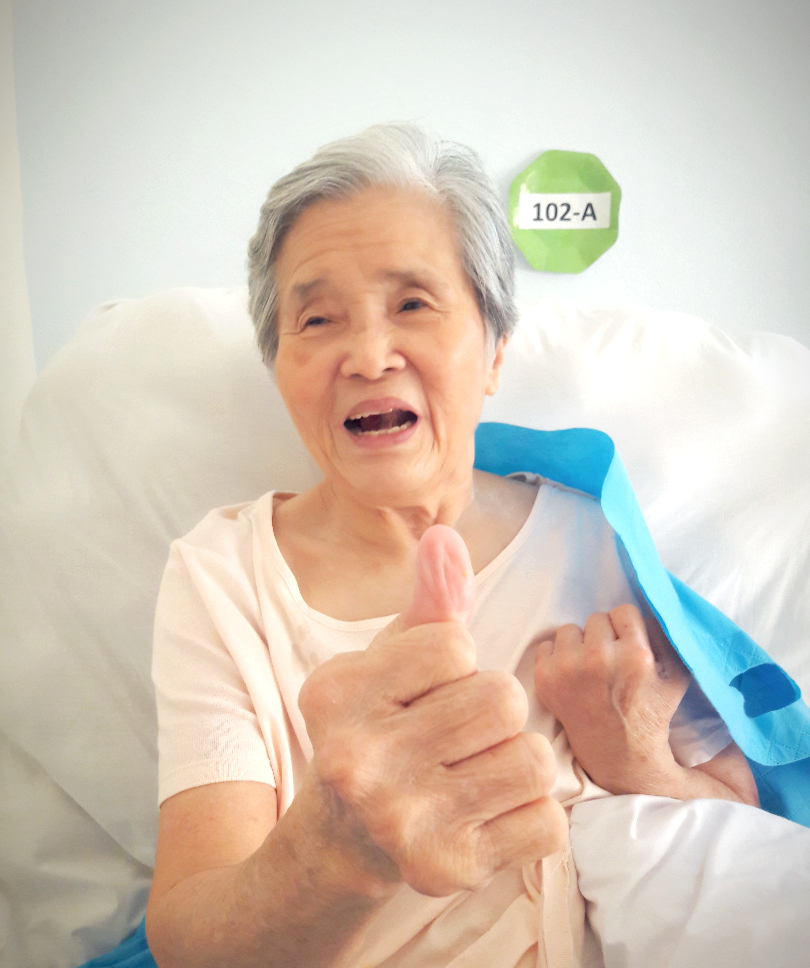Understanding the Cause of Bedsores
While bedsores can happen to anyone, elderly patients are at greater risk of developing them as the strength of the skin diminishes, particularly around bonier areas of the body. Bedsores are caused by unrelieved pressure between the bone and a hard surface, usually a chair, wheelchair or bed. When patients remain in the same position for prolonged periods the continuous pressure causes bruising and if left unattended can develop into a wound. Commonly affected areas include skin around the elbows, spine, buttocks and tailbone, shoulders, back of the head, and the back of the arms or legs.
How do you know a bedsore when you see one?
- skin on the affected area becomes discoloured, on pale skin this appears as reddish patches while people with a darker skin tone tend to get purplish-blue patches akin to bruising
- the colour of the affected area stays the same when touched or pressed
- the skin feels warm, spongy or hard
- the patient experiences pain or itchiness in that area
When we are healthy, active and mobile, we move and shift our positions naturally to relieve the pressure on bony areas of our body, even when we are asleep. This prevents sustained contact of the skin with other surfaces that can cause friction and prevent blood around the area from circulating. But when moving about becomes difficult or no longer possible, nursing care and assistance will become necessary.
Prevention is always the priority in a professional eldercare centre, applying measures that include regular repositioning of the patient, particularly if they are wheelchair-bound or bedridden. Regular inspection and management of facilities and temperature are also helpful. Bearing this in mind, bedsores can be hard to prevent at the best of times and with the highest standards of care. In the event of development of bedsores, they should be looked at and treated accordingly to prevent them from worsening or becoming infected.
When should you seek medical attention for bedsores? At the detection of a bedsore, the affected area should be monitored for the following symptoms:-
- swollen, red skin
- appearance of pus from the pressure ulcer
- cold skin and a quickened heartbeat
- severe or worsening pain in the affected area
- high fever
The above could be signs of a worsening bedsore that has developed an infection, in which case they need to be treated by a medical professional as soon as possible.
Gaining a basic understanding of what causes bedsores and how to identify them is essential for anyone, especially for those who are involved in ageing care or are considering elderly care homes for their loved ones. Find out from your eldercare home if they are experienced with bedsore management and inform them accordingly if your loved one has developed any prior to admission.

